

- Contact Us
- Search
-
Mayflower400 partner destinations:
The Commandery
A glorious Grade I listed building dating back to the 12th century. The Commandery has a long and varied history that reflects its range of architectural styles from mediaeval to Victorian.
The Commandery has exciting stories to tell you about, power, greed, war, wealth, romance, death, society and industry. Step back in time to catch a glimpse of the lively characters that have inhabited this ancient building during the past seven centuries.
Using audio interpretation and on site interpreters, The Commandery's long hidden history comes vividly to life, allowing you to explore 6 chosen periods, enjoying the characters and the atmosphere of the buildings colourful past.
The new Worcester Civil War Story is a new permanent exhibition that sweeps visitors back over 350 years into a murky, conflicted 17th century Worcester of fiery debates, the smell of gunpowder and dank city streets.
Worcester is the city where the English Civil War began and ended, from the initial skirmish at Powick in 1642 to the final clash between Royalists and Parliamentarians in the Battle of Worcester in 1651.
Extravagant murals conjure up a world of Royalist decadence, with original objects on display and portraits of fascinating 17th century characters.
There are opportunities to master the Parliamentarians' tactical techniques on a battlefield strategy interactive, uncover stories of families torn apart by war and come face to face with the death mask of Oliver Cromwell.
The Presidents' Rooms bring to life an 18th century Georgian parlour, in memory of the important visit in 1786 of senators John Adams and Thomas Jefferson to Worcester's Fort Royal Hill. Such is the importance of Worcester's story, that the future second and third Presidents of the US stood overlooking The Commandery and proclaimed that "this is holy ground, much holier than that on which your churches stand. All England should come in Pilgrimage to this Hill, once a Year."
Civil War City trails will take visitors further afield to discover the final resting place of the Duke of Hamilton in Worcester Cathedral, the musket ball marks on Powick Church and more Civil War stories that have left their marks across the city.
You Might Also Like
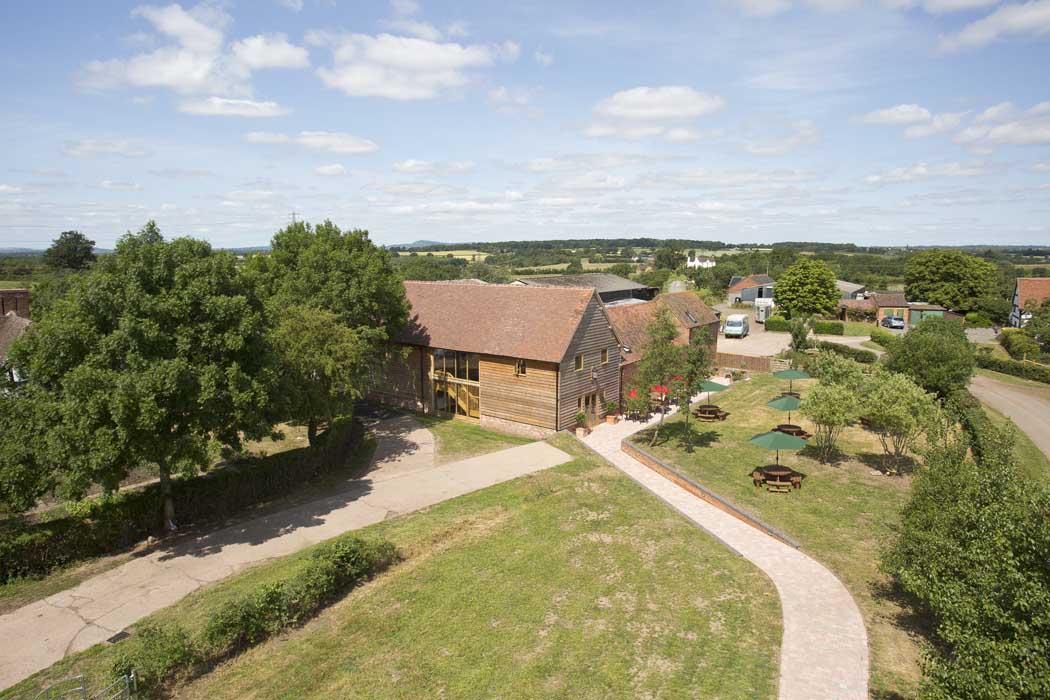
Churchfields Farmhouse
Visitor Attraction
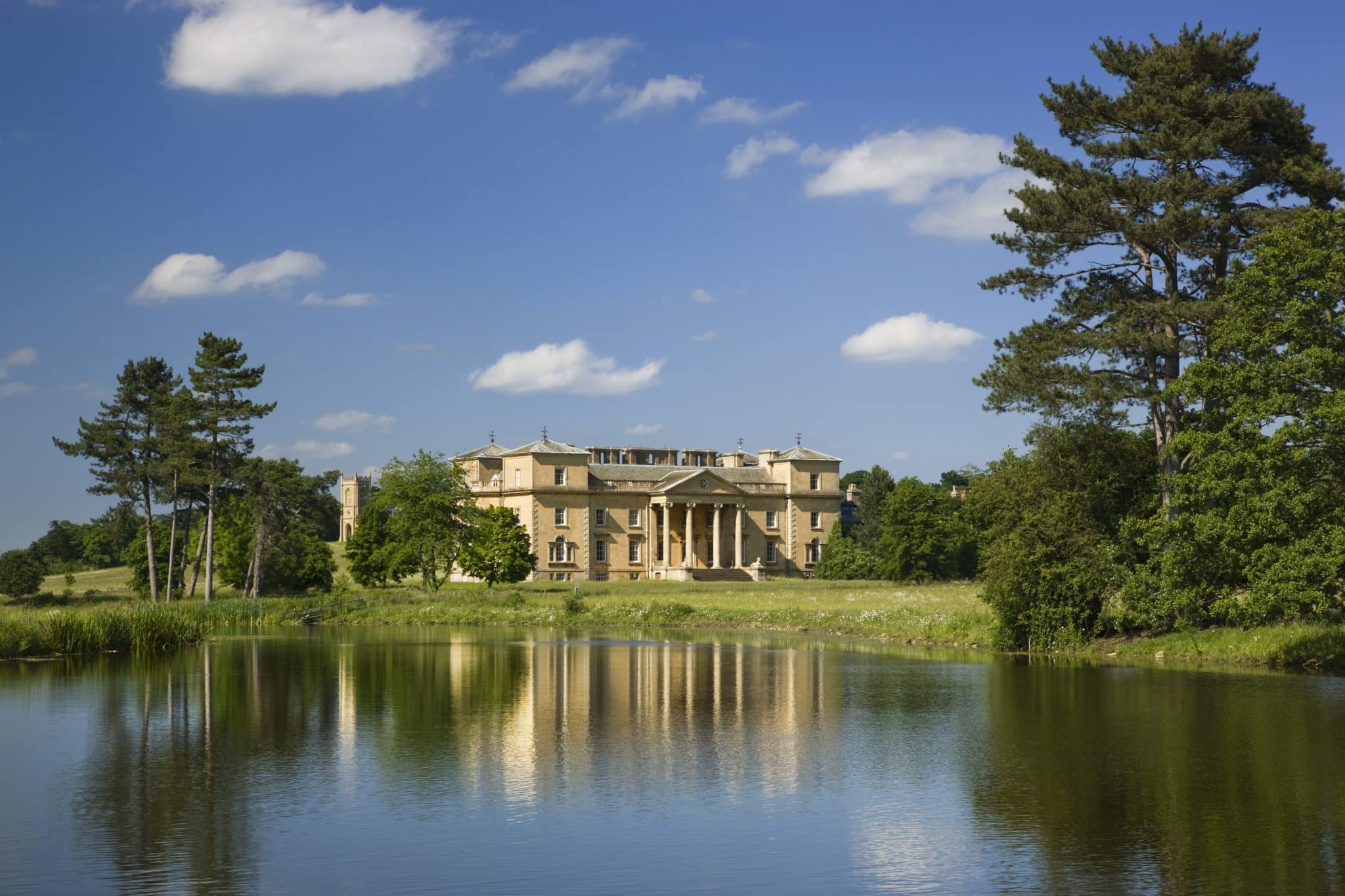
Croome Park
Park / Open Space
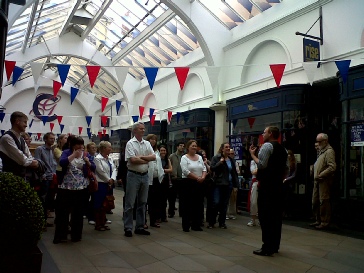
Discover History
Guided Walking Tour
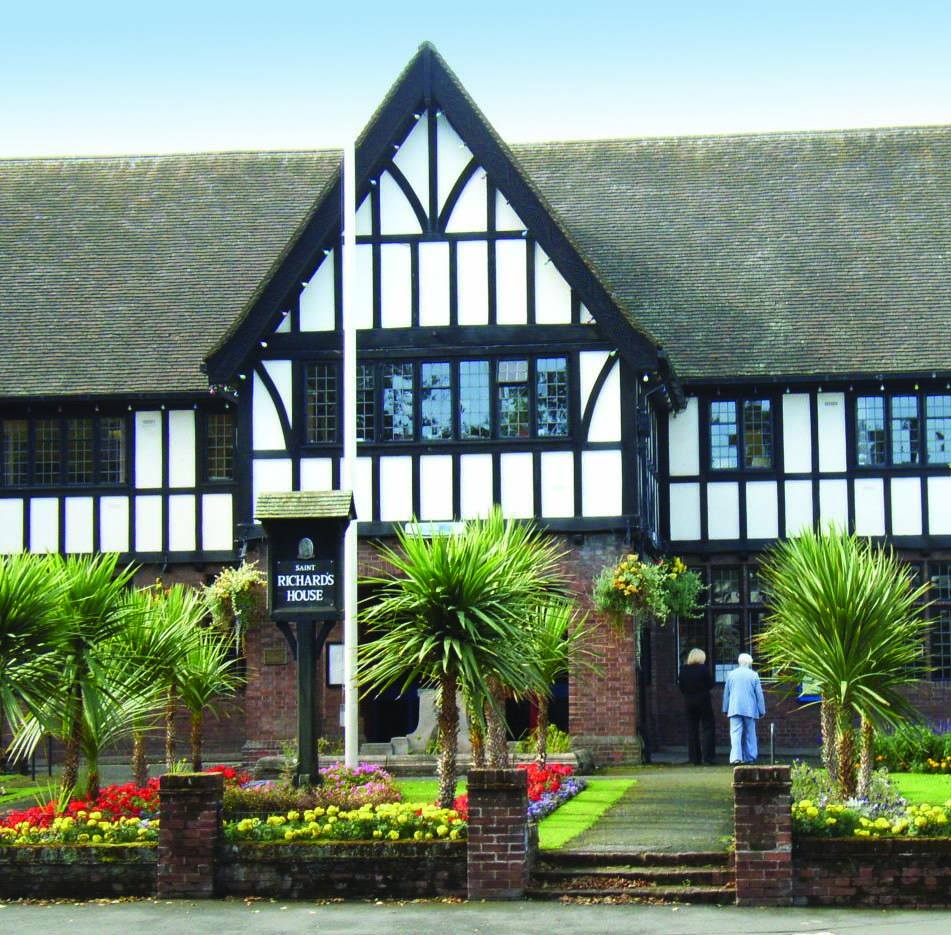
Droitwich Spa Heritage and Information Centre
Museum
A very friendly and welcoming Tourist Information Centre, and a fascinating permanent local history exhibition.

Droitwich Spa Lido Park
Park / Open Space
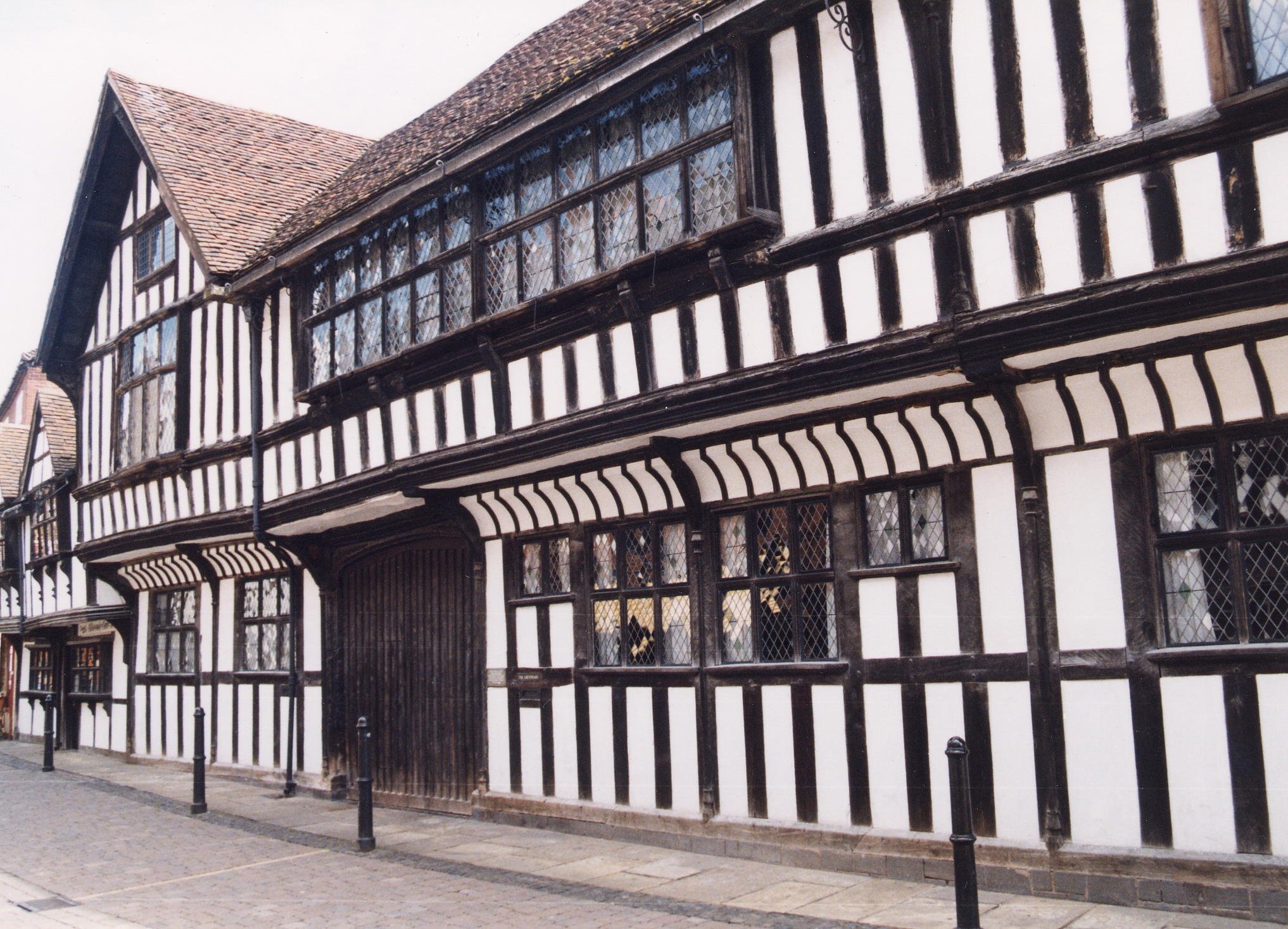
Greyfriar's House & Garden NT
Museum
Set in the heart of historic Worcester, The Greyfriar's is a stunning timber-framed merchant’s house.
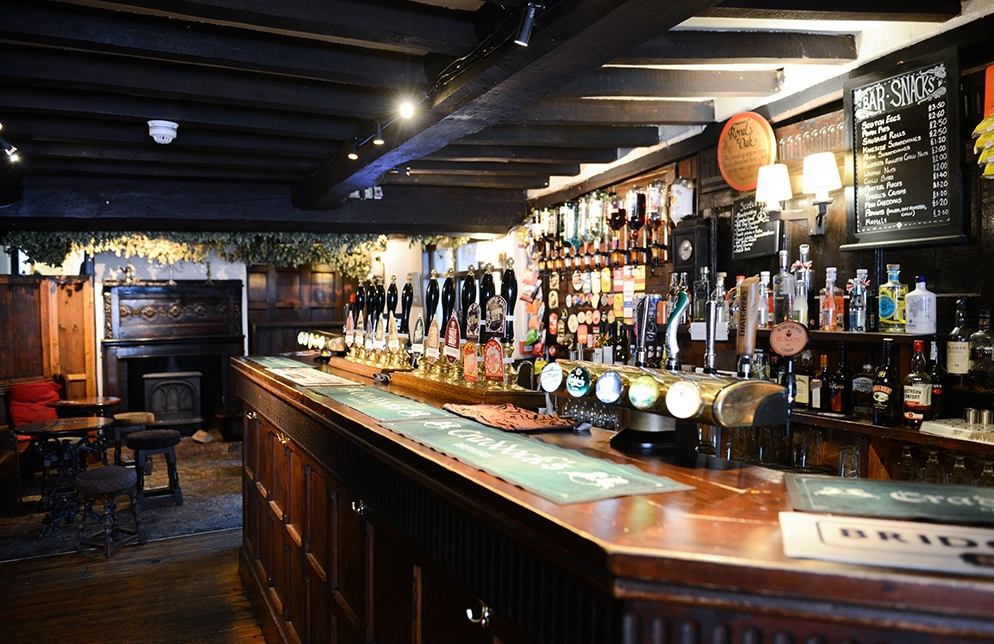
King Charles II Pub (Worcester)
Food and drink
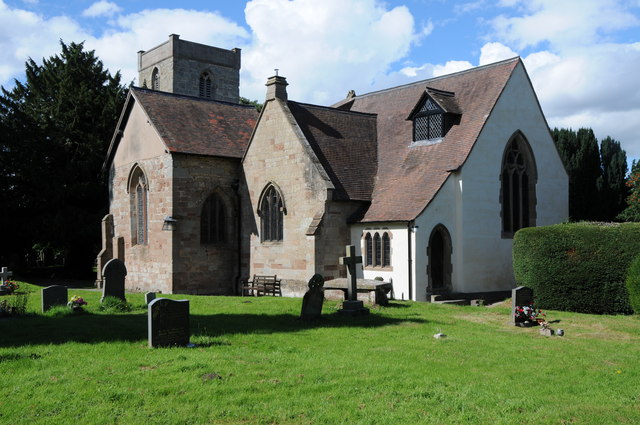
St Peter's Church, Droitwich Spa
Church or religious building
The Vestry of St. Peter's church is dedicated to the memory of Edward Winslow who was baptised here in 1595.
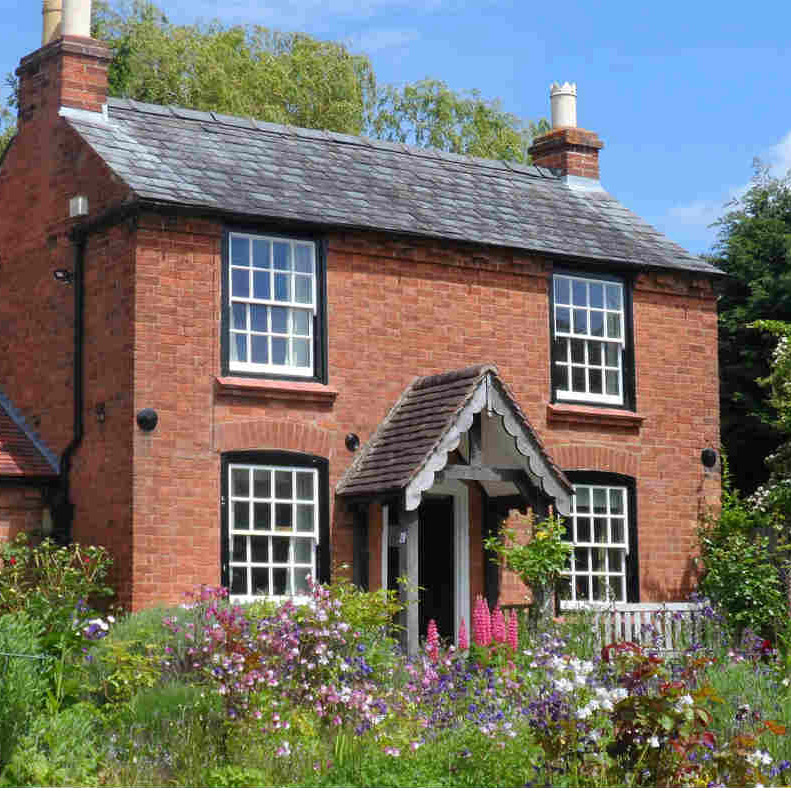
The Firs - Elgar’s Birthplace
Historic Site
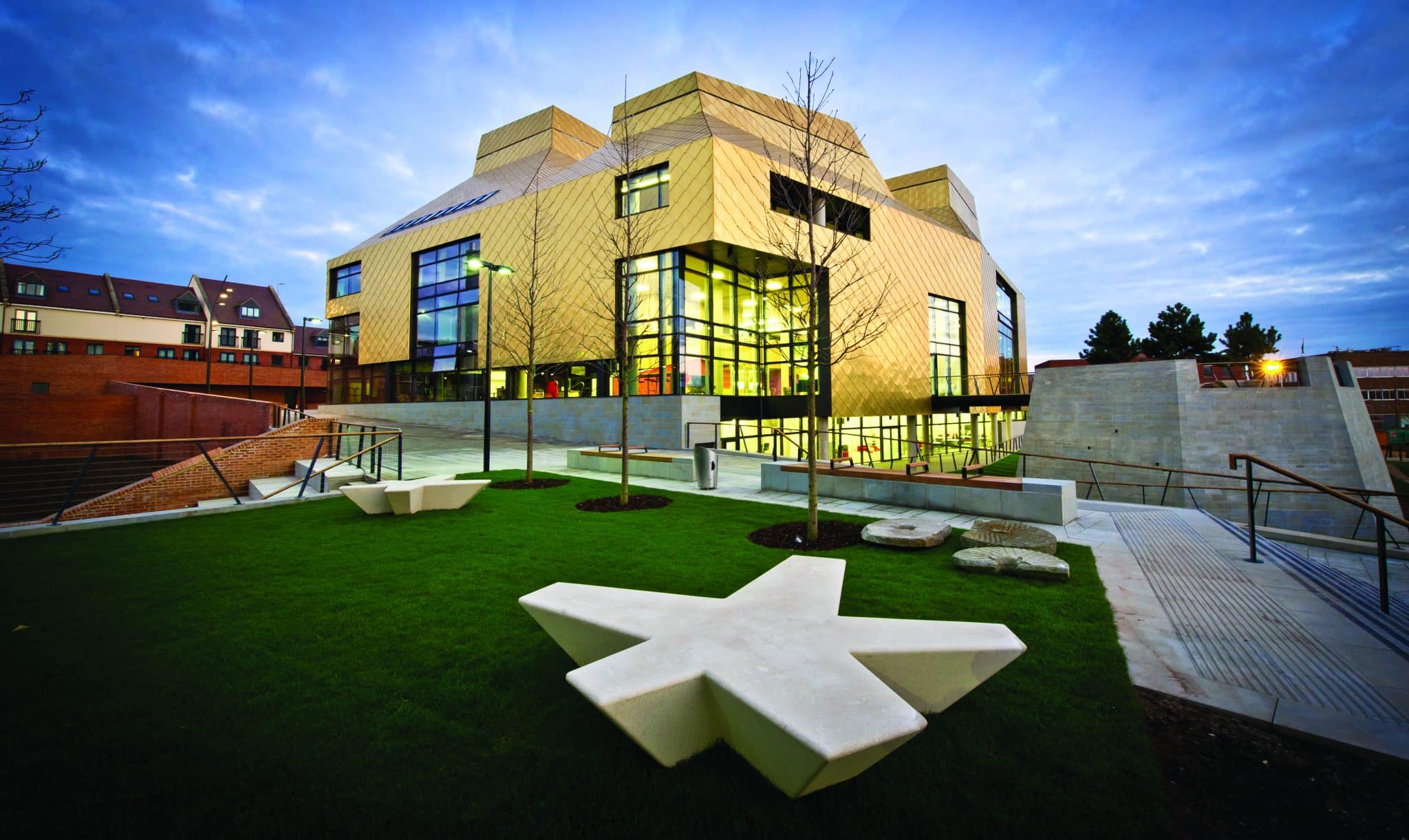
The Hive
Educational
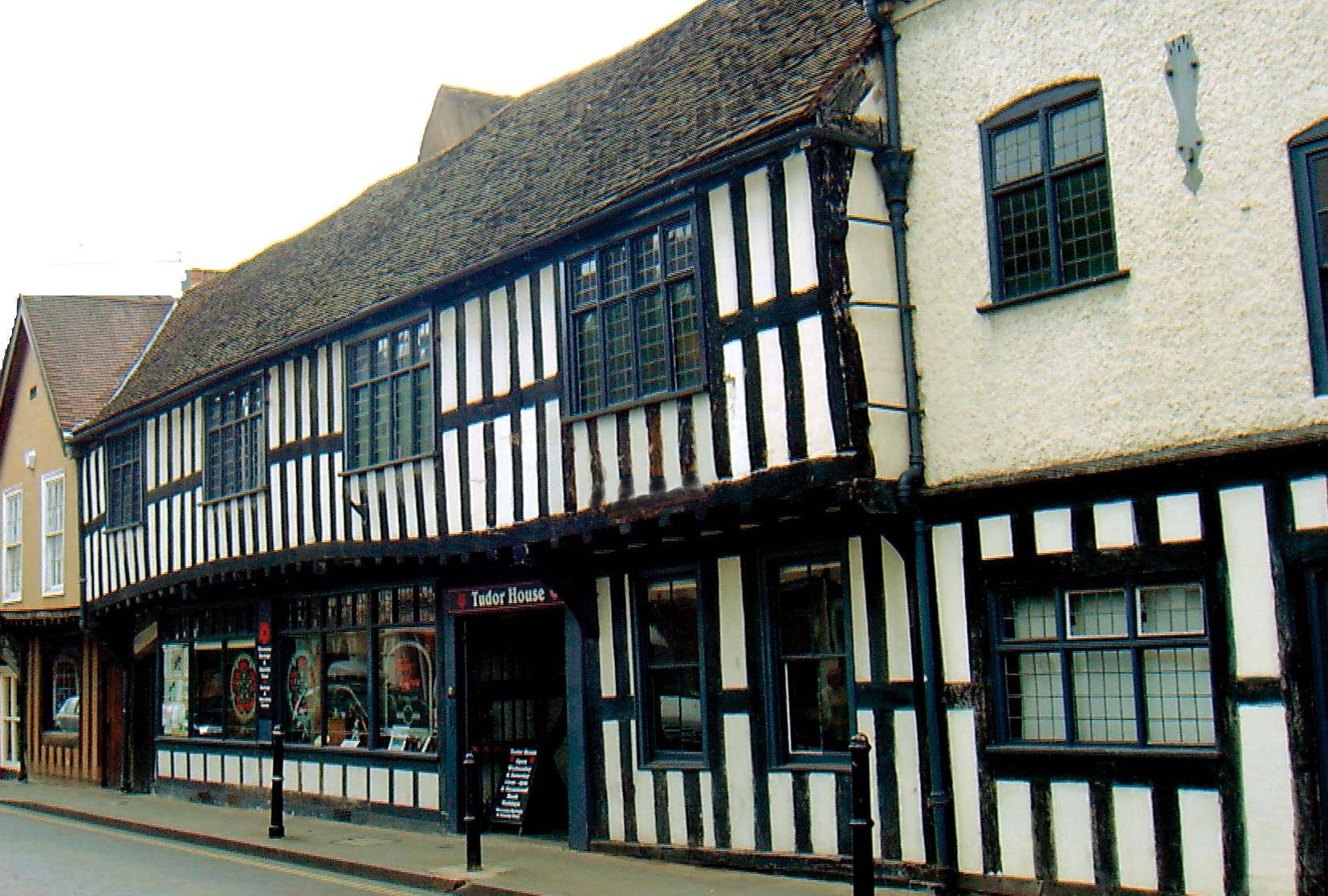
Tudor House Museum, Worcester
Museum
Situated on one of the most historic streets in Worcester this 16th century timber framed building brings a vanished Worcester back to life.
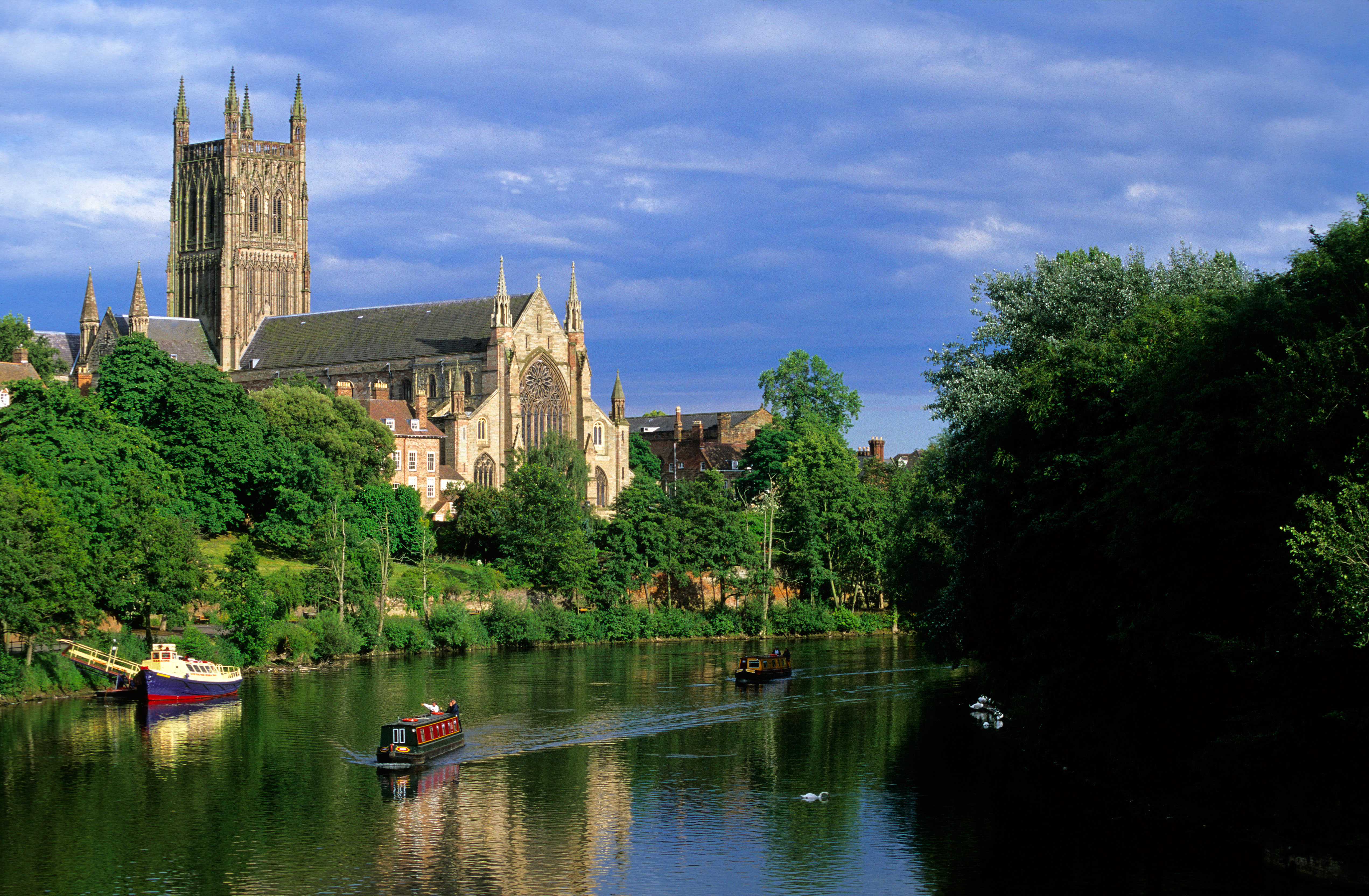
Worcester Cathedral
Historic Site
Pilgrim Edward Winslow was educated at King’s School Worcester, which is situated in the Cathedral precinct and was at the time run by the Cathedral.
Accommodation Nearby
Bank House Hotel, Spa and Golf Club
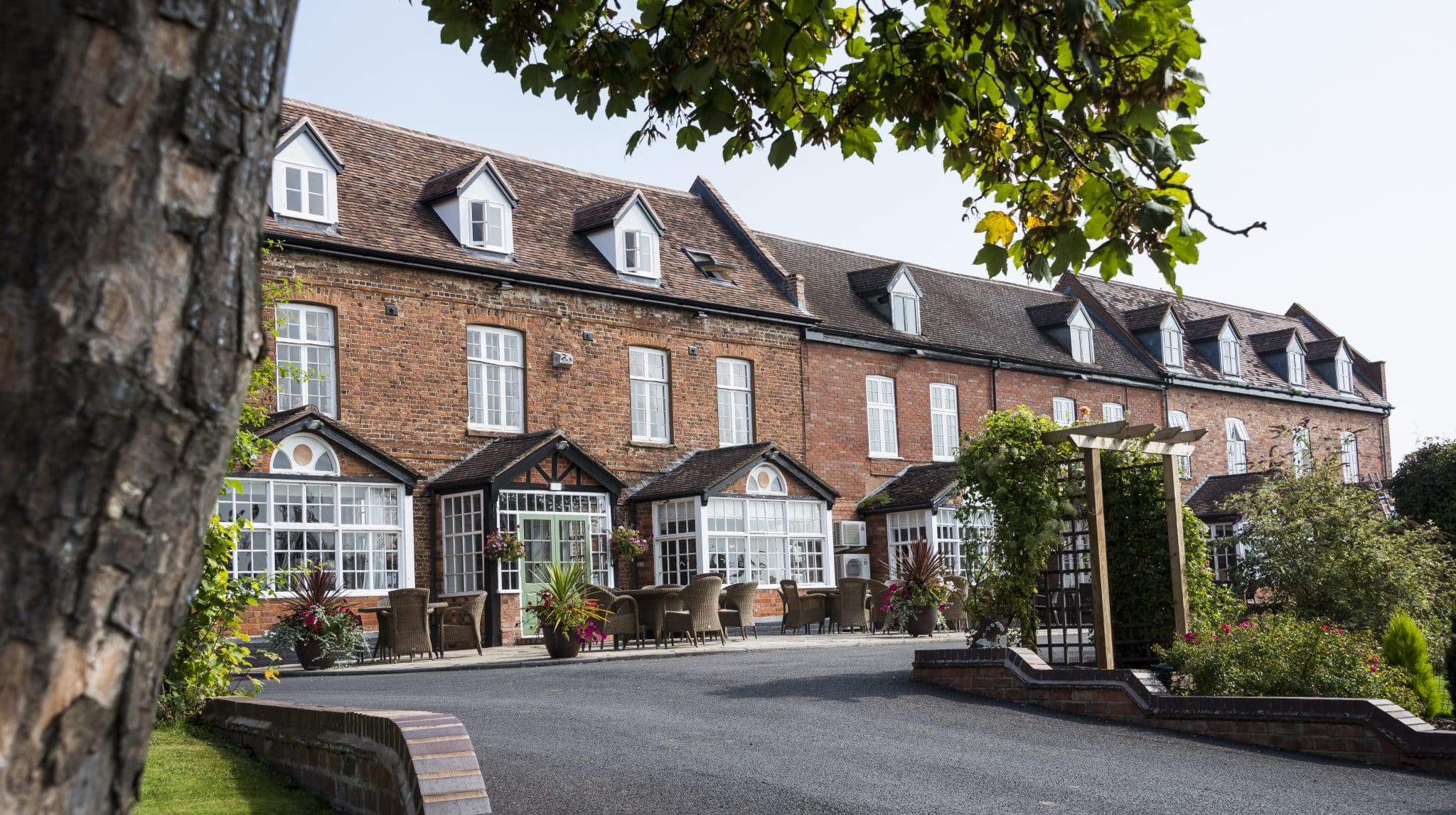
Bank House Hotel, Spa and Golf Club
Hotel
Brockencote Hall Hotel
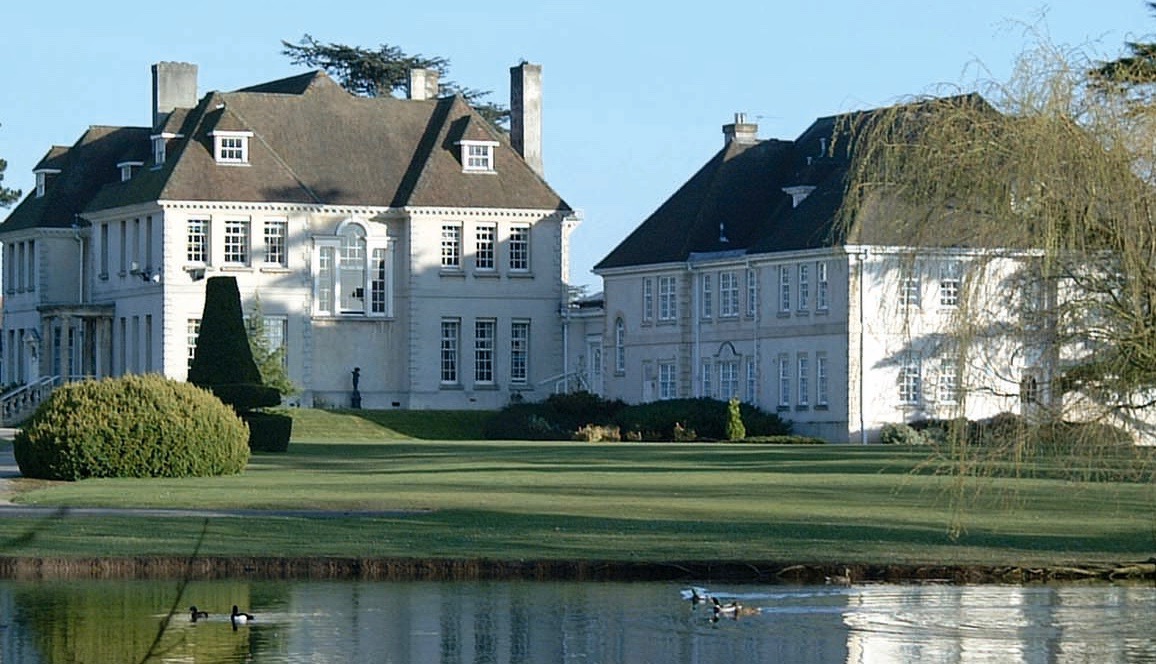
Brockencote Hall Hotel
Hotel
This Victorian country manor house hotel is set in 70 acres of stunning Worcestershire parkland
Diglis House Hotel
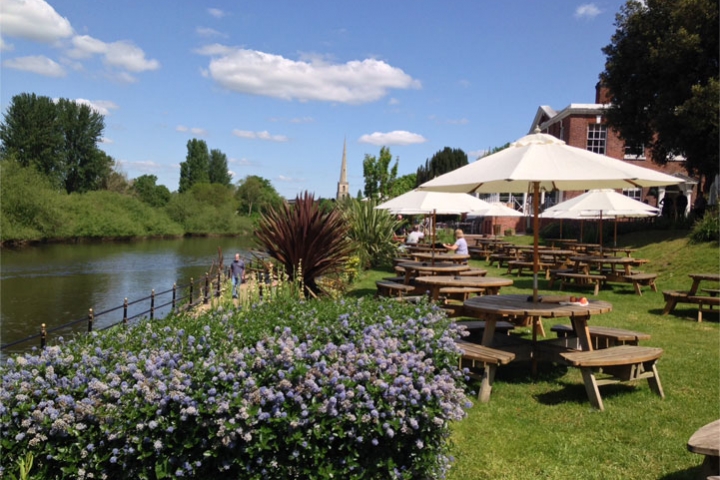
Diglis House Hotel
Hotel
Diglis House Hotel offers 1st class accommodation in the most unique riverbank location in Worcester City. Our Worcester City centre hotel has 28 rooms offering comfort and individuality alongside the convenience of easy access to all Worcester City has to offer.
Hogarths Stone Manor Hotel
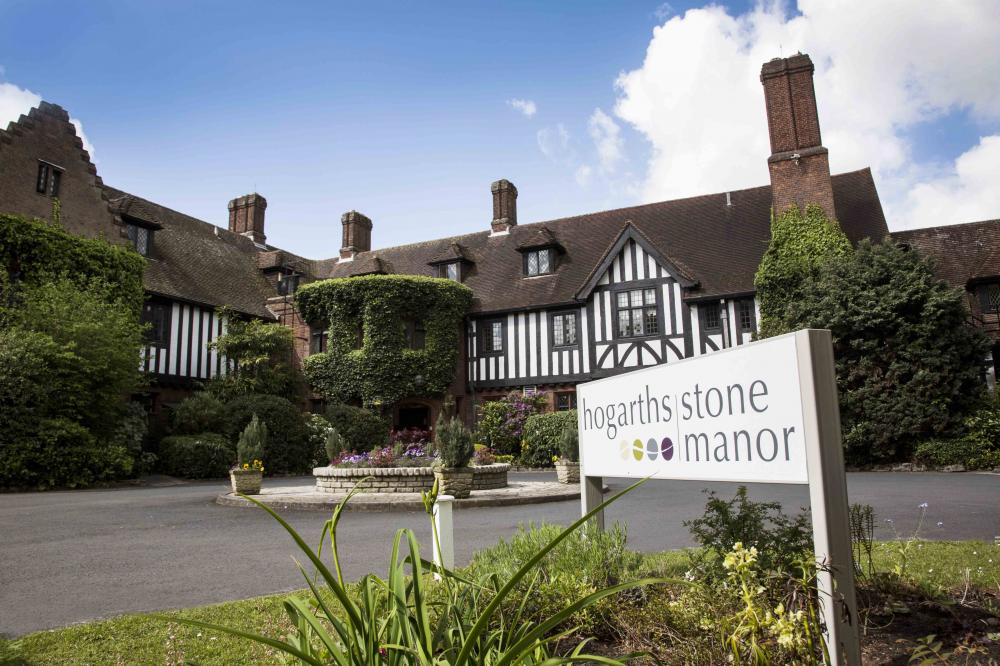
Hogarths Stone Manor Hotel
Hotel
St Andrews Town Hotel
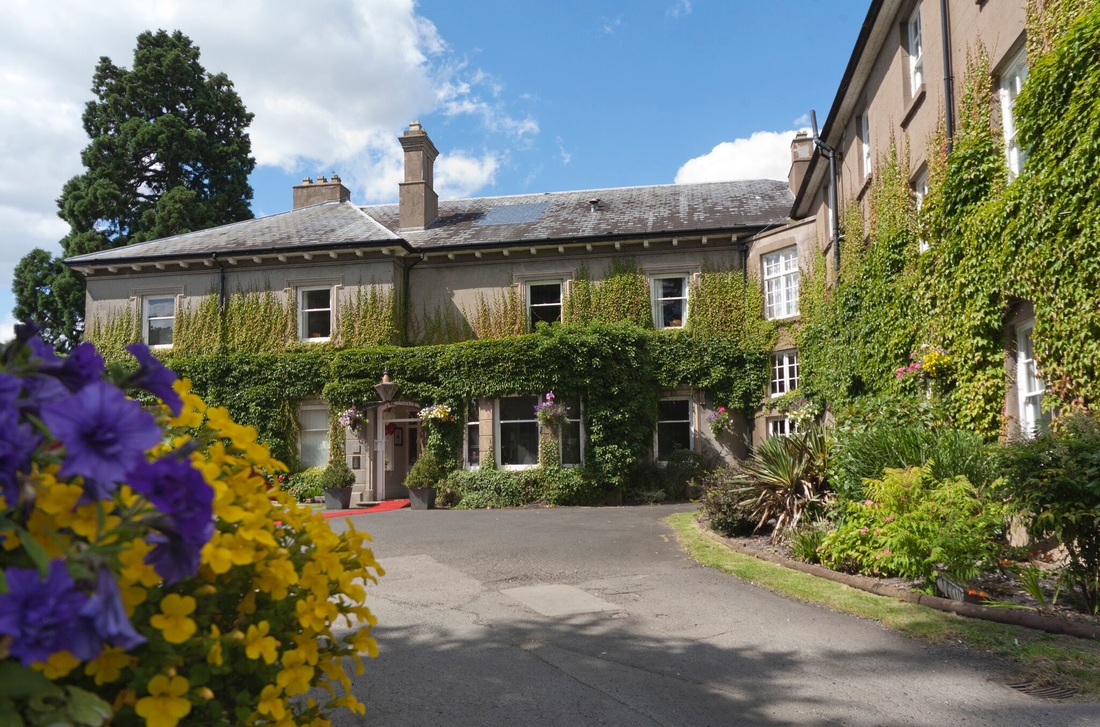
St Andrews Town Hotel
Hotel
Stanbrook Abbey Hotel
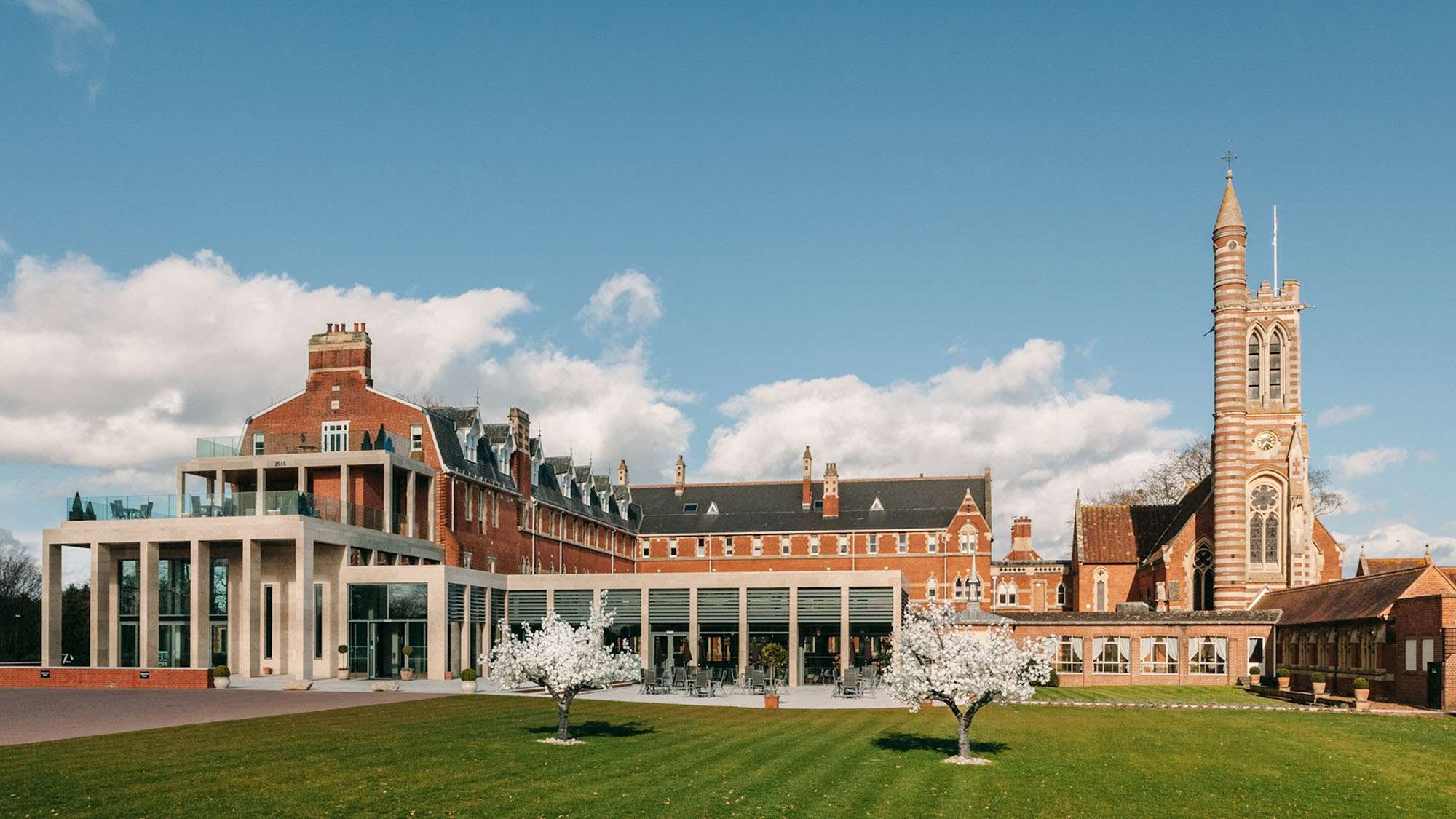
Stanbrook Abbey Hotel
Hotel
Once a historic monastery offering silence and spiritual direction, now a modern hotel with a beautiful collection of 55 bedrooms
The Elms Hotel & Spa
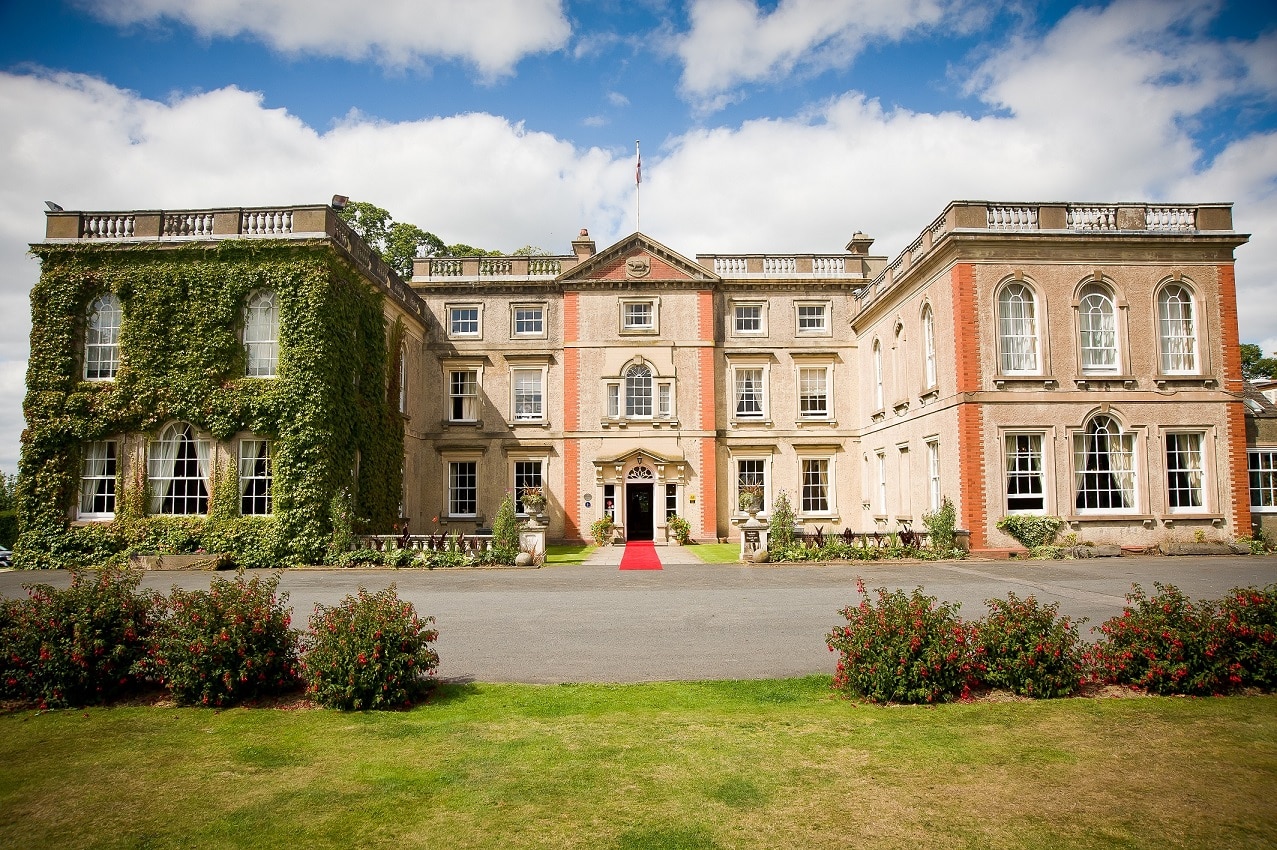
The Elms Hotel & Spa
Hotel
The Wood Norton
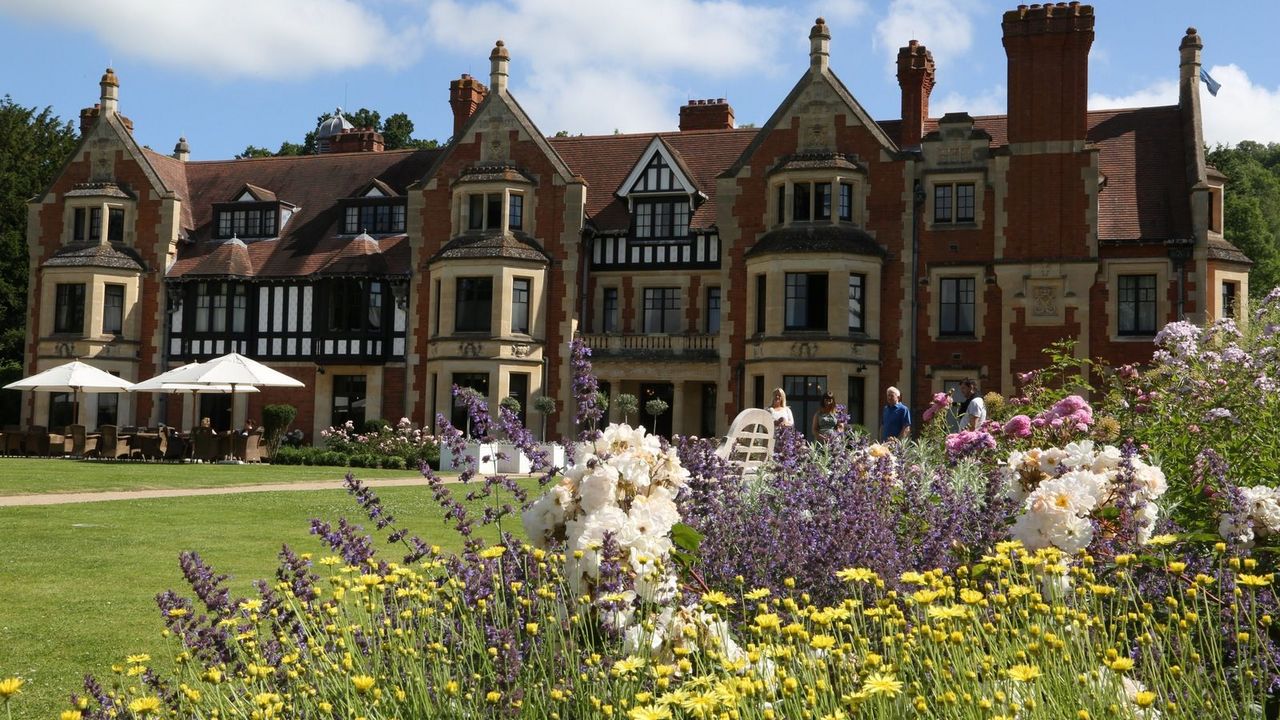
The Wood Norton
Hotel
The Wood Norton is a beautifully crafted hotel built by the Duc D'Orleans, exiled French Royalty in 1897 and now a stunning destination for a fabulous country break.
Worcester Whitehouse Hotel
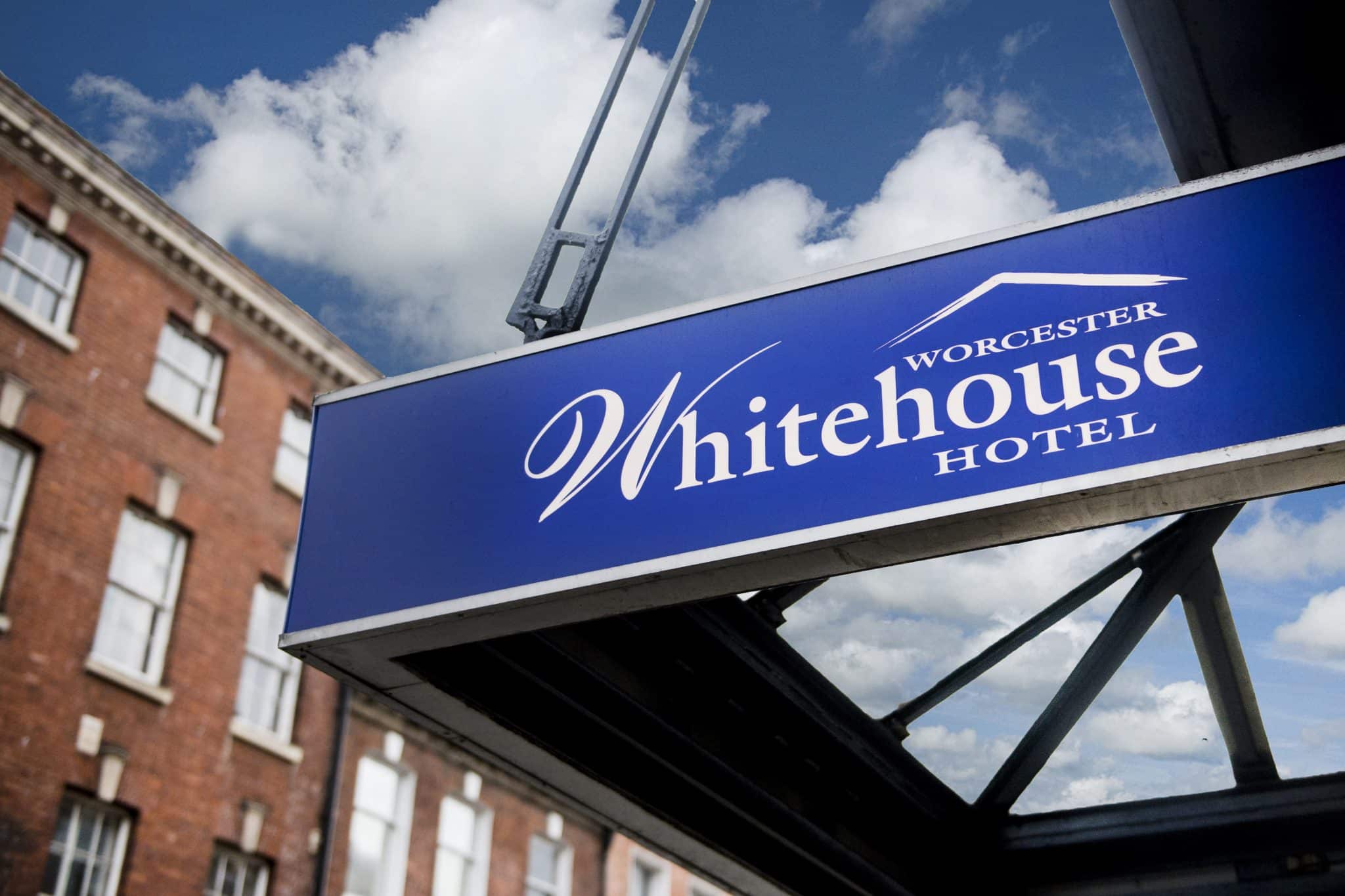
Worcester Whitehouse Hotel
Hotel
Sign up for the latest Mayflower 400 news
You'll be the first to hear the latest Mayflower news, events, and more.
Log In
Register
Mayflower 400 Proudly Supported by our National Sponsors and Funding Partners






